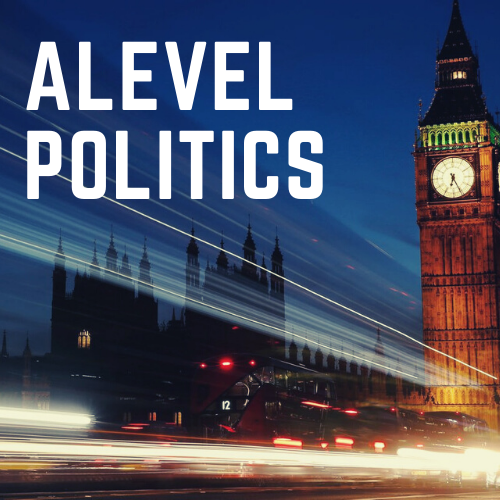Education overview
Overview and analysis of the Coalitions education policy.1. AcademiesMore than 1 in 4 of England's state school students attend an academy school now. There are now 2886 academies compared to just 203 before the Academies Act 2010. Academies give individual schools more power by bypassing the LEA. The coalition argues this gives more funding direct to the schools (up to 10% on top of their budgets) and gives individual schools the ability to direct themselves in a way that is best for them. Labour says by encompassing all schools, not only failing schools the Coalition is benefiting more privileged societies and missing the point of an academy. Pressure groups like the anti-acadamies alliance see it as back door privatisation.2. Free SchoolsThere are 149 free school across the country. 1 in 5 of the free schools has opened in an area where there are already unfilled school places, yet 9 in 10 of those free schools are over subscribed. The coalition saw it as a way to create more local competition and drive up standards. Shadow education Secretary Stephen Twigg has argued that the policy wastes too much money, trying to bring the issue back to the main political problem for the coalition. He claims the government has wasted at least 2.3m on free schools that have not even opened. £50m had been spent on free schools in the first two years of the coalition and Labour see's it not only as costly economically but socially as well as affluent middle class parent groups set up the schools which can lead to social segregation.3. Pupil PremiumOver Labour's tenure in government the attainment gap between rich and poor grew 15% from 28% to 43% and 47% of free school meal pupils didn't attain any GCSE grades higher than a D in 2006/7. This was despite per pupil funding rising 55% during the New Labour years. The Coalition government has attempted to narrow the attainment gap by introducing the pupil premium. This is £619 per 'disadvantaged' pupil that schools can receive, in 2013-14 they are looking to increase this to £900. The real impact of the pupil premium is minimal. The IFS said that the premium would be disproportionately beneficial to poor students in affluent areas whereas poor students in poor areas are worse off because funding is spread more thinly there. Ofsted also criticises the premium by saying it is being spent on the wrong things with only 1 in 10 schools saying it makes a difference.4. Focus on traditional subjectsGove wanted to replace GCSEs with the English Baccalaureate in order to focus on core subjects and improve England's international ratings after we fell from 4th to 16th in science and 8th to 27th in maths over the New Labour years. Gove was however forced to u-turn on these plans in February amid growing pressure from the Lib Dems and select committees who saw it to create a two-tier system and reap little reward. Part of these changes also encompassed a desire to have only one exam board but the conclusion was that the plans were to rushed and risked the entire exams system.5. DisciplineThe coalition has abolished the 'no touch' rule and increased fines on parents of children who truant. This is despite the fact that the introduction of fines and even prison for truancy led to no decline in the percentage who truanted during New Labours tenure. New powers have also been given to search pupils without consent and give same day detentions. Children's rights charities challenge these changes but the general consensus is that they are a move in the right direction.
